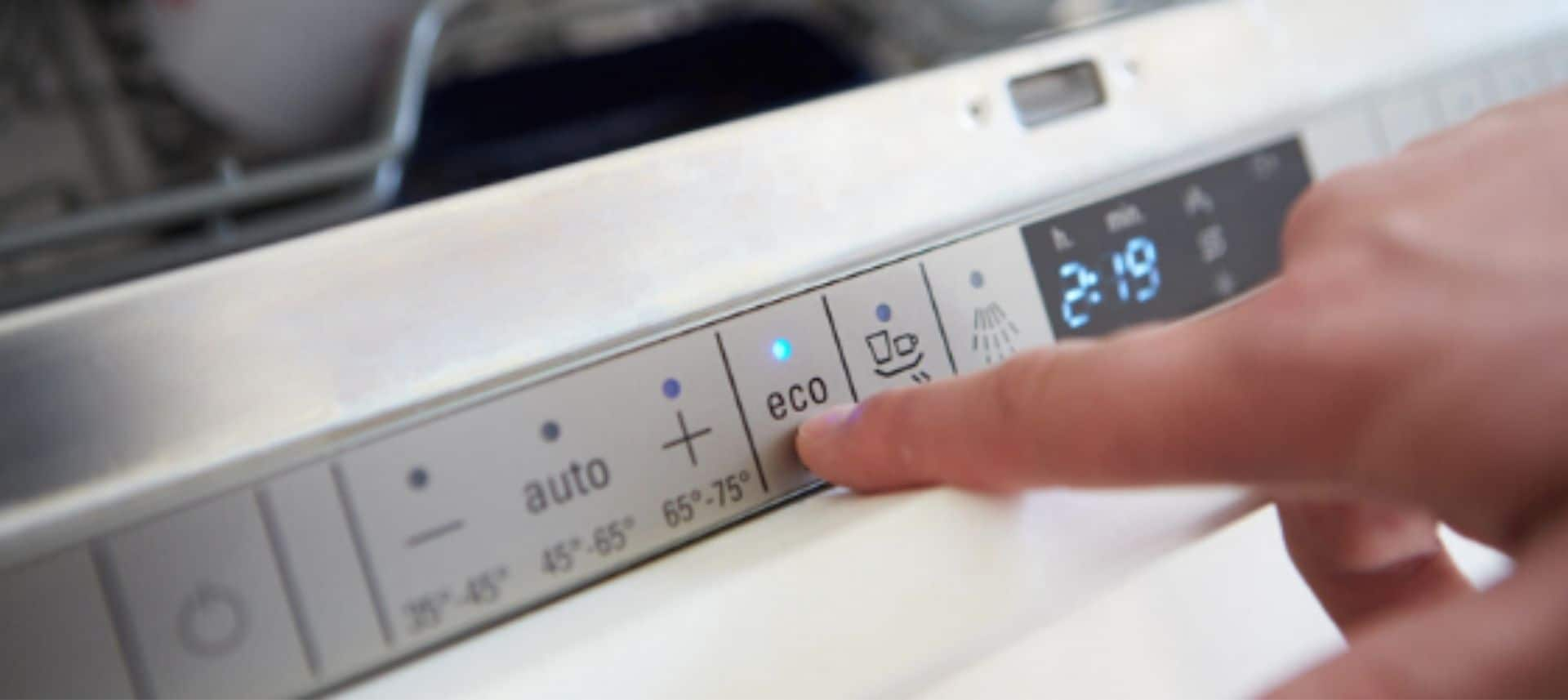
Published: September 2020
The European EMC standard covering household appliances and electric tools has now been amended. The standard now provides a means of conformity with the latest EMC Directive, as this blog post explains.
As manufacturers of household appliances and electric tools know, BS EN 55014-1:2017 is used to ensure that their products don’t cause interference to radio reception. This is possible because the standard specifies requirements that apply to the emission of radio-frequency disturbances in the frequency range 9 kHz to 400 GHz. It covers limits of disturbances, test equipment and methods of measurement, operating conditions, interpretation of CISPR limits and measurement uncertainty.
The standard also applies to a very wide range of electric appliances, tools and similar apparatus, whether powered by AC or DC (including a battery). Also included in its scope are separate parts of the equipment such as motors and switching devices (e.g. power or protective relays) although no emission requirements apply to such separate parts, unless otherwise stated in this standard.
Standard operating conditions
Annex A of BS EN 55014-1 gives standard operating conditions and normal loads for a comprehensive range of specific types of equipment. This includes household appliances from vacuum cleaners, coffee grinders and lawn mowers to electric tools such as soldering equipment and power staplers.
It goes on to cover motor-operated electro-medical apparatus such as dental drills, pumps and powered saws and knives; as well as electrical heating equipment, which ranges from storage heaters and boilers to rice cookers and waffle irons. Other categories include electric and electronic toys, robotic cleaners, and insect killers. Indeed the only appliances not included in this standard are those which are explicitly covered by other CISPR standards (this includes luminaires, IT equipment and AV equipment) and equipment intended for use only on a vehicle, ship or aircraft.
Disadvantage
BS EN 55014-1:2017 is therefore a very comprehensive and useful standard, but it has had a disadvantage. After the 2017 revision, the standard was not listed in the Official Journal of the European Union as it did not have an Annex ZZ referring to the essential requirements of the latest EMC Directive, 2014/30/EU. Therefore manufacturers seeking compliance with 2014/30/EU, were required to use another means of conformity to demonstrate compliance.
For this reason the standard has been amended and published in 2020 as: BS EN 55014-1:2017+A11:2020 Electromagnetic compatibility. Requirements for household appliances, electric tools and similar. This amendment adds an informative annex showing the relationship between BS EN 55014-1:2017 and the essential requirements of Directive 2014/30/EU.
The Official Journal
This addition of this amendment has enabled the standard to be cited in the Official Journal of the European Union under 2014/30/EU. Thus compliance with the normative clauses of this standard given in the Annex will confer, within the limits of the scope of this standard, a presumption of conformity with the corresponding essential requirements of the Directive and associated EFTA regulations. It means that compliance with the amended version of this standard provides one means of conformity with the specified essential requirements of 2014/30/EU, further confirming the standard’s usefulness.